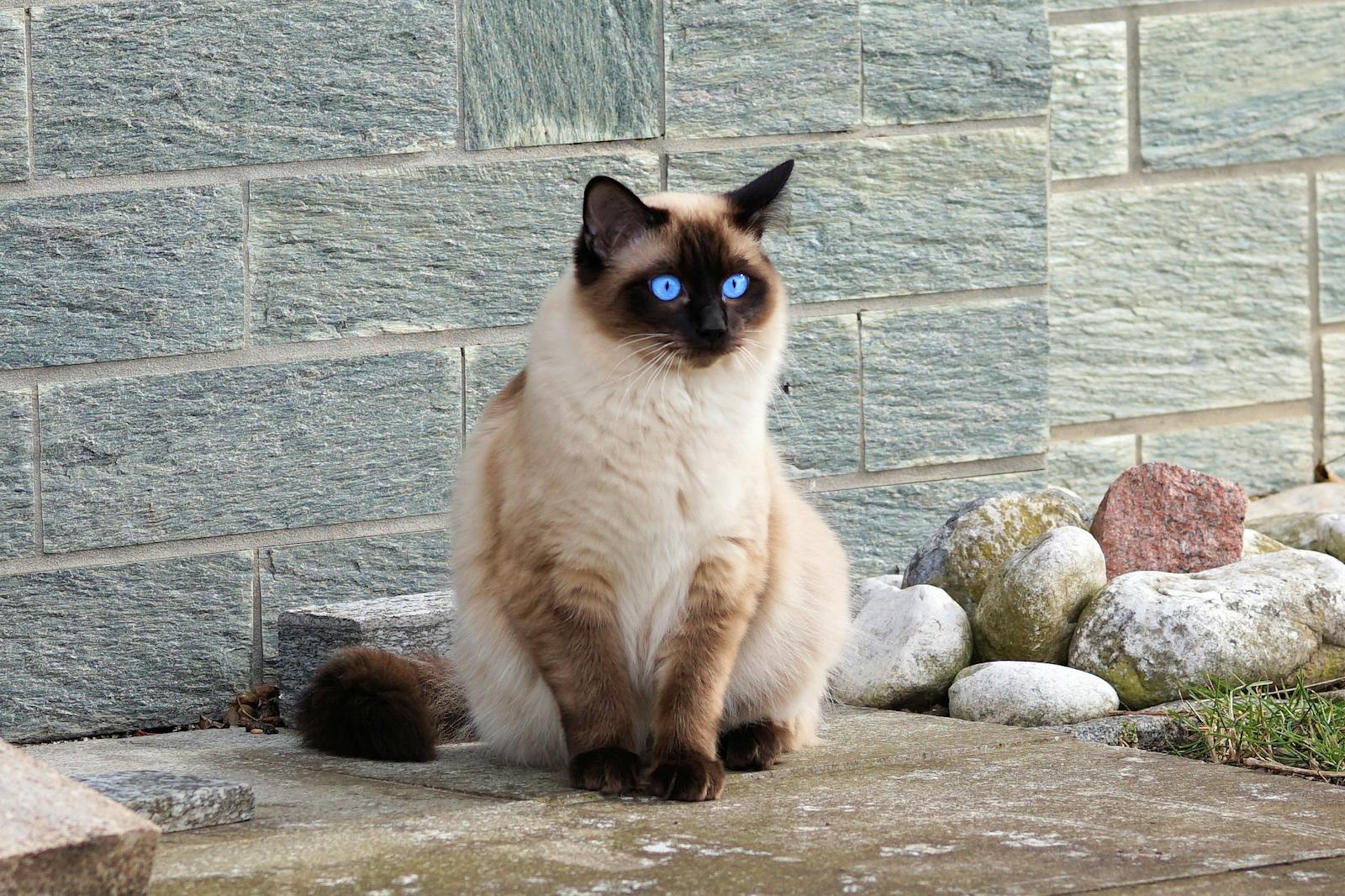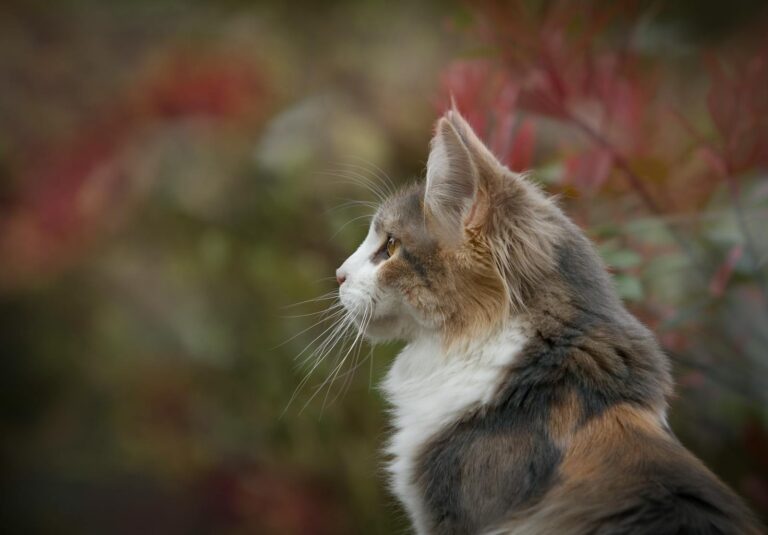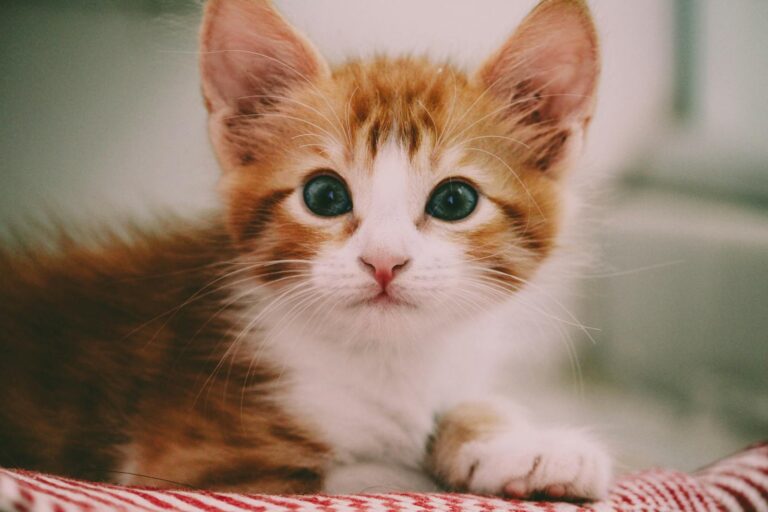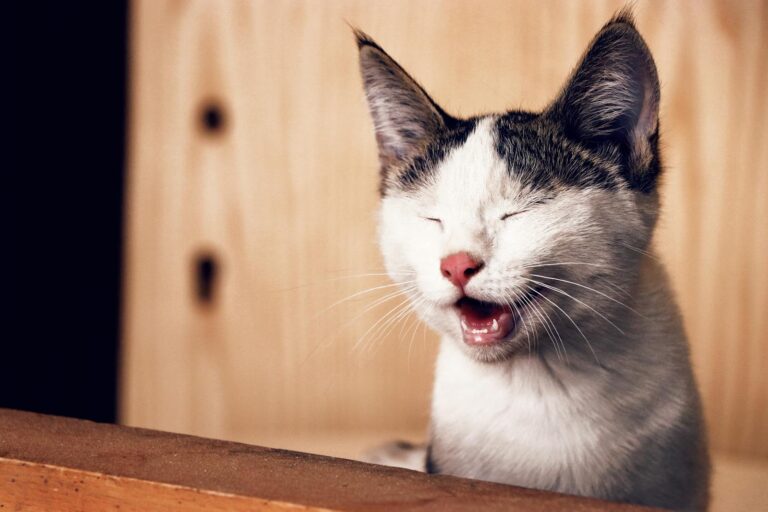7 Reasons Your Cat Keeps Knocking Things Over
Cats are fascinating creatures, often full of surprises and eccentric behaviors. One behavior that many cat owners have observed is their feline companion’s tendency to knock things over. Whether it’s a glass on the table or a decorative item on the shelf, the action seems deliberate, almost as if your cat is performing its own little experiment. In this article, we will explore 7 Reasons Your Cat Keeps Knocking Things Over and delve into the psychology and instinct behind this amusing yet sometimes frustrating behavior.
The Instinctual Behavior of Cats
Understanding why cats knock things over starts with an appreciation of their instinctual behaviors. These traits are rooted deeply in their evolutionary history and can vary significantly across individual cats.
Feline Hunting Instincts
Cats are natural hunters, evolved from wild ancestors who relied on their agility and stealth.
Their inclination to bat at objects mimics stalking prey. When your cat knocks something off a surface, it might be engaging in play that simulates a hunt.
In the wild, cats practice this behavior to hone their skills for catching food. This instinct remains strong even in domesticated cats.
Playful knocking may simply be a form of entertainment, allowing cats to exercise their reflexes and sharpen their hunting instincts.
Curiosity and Exploration
Curiosity is another driving force behind your cat’s antics.
Cats are naturally inquisitive animals, eager to learn about their environment and understand how things work.
When they encounter an object perched precariously at the edge of a table, it becomes a target for exploration.
Knocking it over provides instant feedback—if it falls, they learn about gravity, balance, and cause-and-effect relationships.
Exploring through knocking teaches them new lessons about their world while providing mental stimulation.
Attention-Seeking Behavior
Sometimes, cats knock things over because they crave attention.
These furry friends quickly learn what behaviors draw their owner’s gaze—and knocking things off tables certainly qualifies.
Whether they’re bored or seeking interaction, they may employ this strategy to provoke a response.
If you react by scolding them or laughing, your cat registers that their actions elicit a clear reaction, reinforcing the behavior.
This dynamic highlights how our interactions with pets shape their actions and behaviors.
Exploring the Emotional Landscape of Cats
Understanding your cat’s emotional state can provide further insight into their fondness for knocking things over.
Cats experience a range of emotions, and these feelings can influence their behaviors in surprising ways.
Stress and Anxiety
Like humans, cats experience stress and anxiety, which can lead to erratic behavior.
Environmental changes, such as moving to a new home or introducing new pets, can heighten their anxiety levels.
When feeling stressed, some cats engage in disruptive behavior, including knocking over items, as a coping mechanism.
While this behavior can be troublesome for owners, it signals that your cat needs reassurance.
Creating a stable, familiar environment can help alleviate their worries, allowing them to feel more secure.
Boredom and Lack of Stimulation
Cats need mental and physical stimulation to thrive.
If your home lacks interactive toys or activities, your cat may resort to destructive behaviors out of sheer boredom.
Knocking over objects provides a chance for entertainment and engagement, offering a burst of excitement in an otherwise monotonous routine.
To counteract boredom, it’s essential to provide various toys, scratching posts, and interactive games that stimulate both mind and body.
Engaging playtime with your cat can curb the urge to create chaos in your living space.
Territory Marking
Cats are territorial creatures by nature.
They often rub against objects to mark their scent, establishing their domain.
When they knock things over, they may be attempting to assert dominance over their territory.
By disrupting the status quo, your cat signals that they consider the area theirs, reinforcing their presence in your shared space.
Understanding this aspect of feline behavior can help you appreciate the complexity of their interactions within the home.
Assessing the Impact of Environment on Behavior
The environment plays a significant role in shaping your cat’s behaviors—including their penchant for knocking things over.
Layout and Accessibility
The layout of your home can significantly impact your cat’s inclination to knock things over.
Open spaces with low surfaces are particularly inviting for curious paws.
If your cat has easy access to shelves, countertops, or tables, they are likely to explore these areas—leading to possible spills and breakages.
To minimize disruption, consider placing fragile items out of reach and creating designated play areas where your cat can safely explore and engage without causing havoc.
The Presence of Other Pets
Other pets also influence your cat’s behavior.
If you have multiple animals in the household, competition for resources can intensify, leading to a variety of actions—including knocking objects down to assert their place.
Each pet may respond differently to rivalry and play, making close observation crucial for maintaining harmony.
It’s vital to monitor interactions and ensure that every pet’s needs are met to reduce stress and potential destructive tendencies.
Seasonal Changes and Their Effects
Interestingly, seasonal changes can also alter your cat’s behavior.
During colder months, indoor exploration may increase as cats seek warmth and comfort inside.
Conversely, spring brings a surge of energy for many pets, where they exhibit heightened activity levels.
Understanding these fluctuations can help you recognize patterns in your cat’s behavior, including their penchant for knocking things over.
Identifying and Redirecting Unwanted Behaviors
Recognizing the reasons behind your cat’s behavior offers ample opportunity to redirect unwanted actions.
Training and modification strategies can enhance your relationship with your feline companion.
Providing Alternatives
Offering alternative outlets for your cat’s energy and curiosity reduces the likelihood of destructive behavior.
Interactive toys, scratching posts, and climbing trees provide healthy avenues for play and exploration, keeping your cat engaged.
Ensuring a stimulating environment allows them to channel their instincts in constructive ways rather than venturing toward mischief.
Positive Reinforcement Techniques
Utilizing positive reinforcement techniques proves beneficial when modifying unwanted behaviors.
Instead of punishment, reward your cat when they display appropriate behavior by offering treats or affection.
This approach fosters a trusting relationship between you and your pet while encouraging them to repeat desired actions.
Over time, your cat learns which behaviors gain approval, thus reducing the frequency of knocking things over.
Routine and Structure
Establishing a consistent daily routine helps create a sense of stability for your cat.
Regular feeding times, play sessions, and quiet moments contribute to their overall well-being.
When cats feel secure in their environment, they are less likely to engage in disruptive behaviors.
Additionally, a structured routine fosters bonding opportunities, ensuring your cat feels loved and cared for.
| Cat Behavior | Possible Cause | Suggested Solution |
|---|---|---|
| Knocking over items | Hunting instincts | Provide interactive toys |
| Destructive play | Boredom | Increase playtime frequency |
| Territorial marking | Need for dominance | Create private spaces |
| Stress-induced behavior | Environmental changes | Stabilize surroundings |
Conclusion
Understanding 7 Reasons Your Cat Keeps Knocking Things Over reveals a rich tapestry of feline behavior colored by instinct, emotion, and environmental factors. As guardians of these playful creatures, recognizing their motivations can foster better relationships and create harmonious living environments. By providing stimulation, employing positive reinforcement, and addressing their emotional needs, we empower our cats to engage in healthy behaviors while enriching their lives in our homes.







